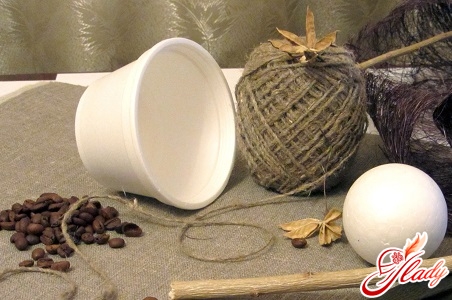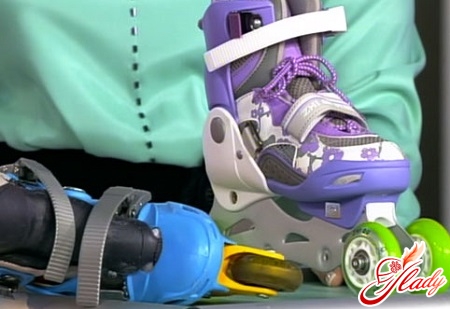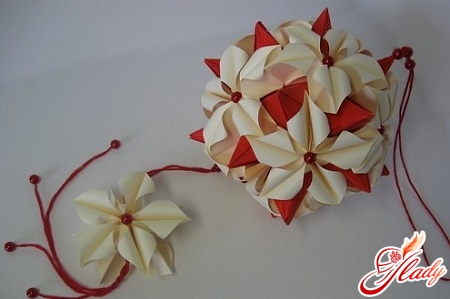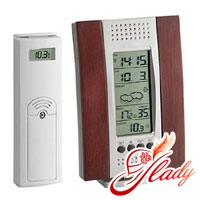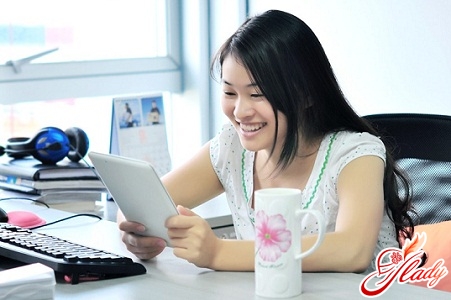 For those of us for whom the answer is yes,the question "to read or not to read?" is obvious", today we have to answer another question: "how to read?" And the whole point is that modern digital technologies have reached this seemingly conservative sphere of life, and traditional books are slowly but surely being replaced by electronic books. Of course, for true bibliophiles, the value of a good old book will never be lost. Nevertheless, e-readers (book-readers) are increasingly winning their place in the sun, and the answer to the question "how to choose an e-book" is becoming not just relevant, but even burning. Thanks to His Majesty the Internet, we have the opportunity to use electronic libraries and get access to a huge number of necessary and interesting books and magazines. But since reading from a monitor screen is not very convenient (and habits have an effect), people have come up with such a special device as a reader, with the help of which it is both convenient and pleasant to read electronic text. But sadly, there is nothing perfect in the world, and e-readers (like other digital equipment) are no exception. Any electronic device has its advantages and disadvantages, and you want to buy a quality thing. So let's find out what e-readers are and how to choose an e-book, taking into account its main functions and characteristics.
For those of us for whom the answer is yes,the question "to read or not to read?" is obvious", today we have to answer another question: "how to read?" And the whole point is that modern digital technologies have reached this seemingly conservative sphere of life, and traditional books are slowly but surely being replaced by electronic books. Of course, for true bibliophiles, the value of a good old book will never be lost. Nevertheless, e-readers (book-readers) are increasingly winning their place in the sun, and the answer to the question "how to choose an e-book" is becoming not just relevant, but even burning. Thanks to His Majesty the Internet, we have the opportunity to use electronic libraries and get access to a huge number of necessary and interesting books and magazines. But since reading from a monitor screen is not very convenient (and habits have an effect), people have come up with such a special device as a reader, with the help of which it is both convenient and pleasant to read electronic text. But sadly, there is nothing perfect in the world, and e-readers (like other digital equipment) are no exception. Any electronic device has its advantages and disadvantages, and you want to buy a quality thing. So let's find out what e-readers are and how to choose an e-book, taking into account its main functions and characteristics.
What is a book reader?
A book reader is a digital reading device.electronic texts. It is this device that we call by the now familiar term "electronic book". And the name itself is a literal translation of the English term "Electronic Book" or "eBook" for short. Any digital device performs certain functions. The main tasks of an e-reader are storing and reproducing text and illustrations. Therefore, in the first case, the e-reader performs the function of a digital storage device, and in the second - an ordinary sheet of paper displaying this information (in our case, text and pictures). In addition, the spoiled modern consumer wants such a device to have additional functions that make reading comfortable, affordable and guaranteed quality. According to the main tasks of the e-reader, the criteria by which this device is selected are also determined:
- appearance, overall size and weight;
- size and illumination of the screen;
- text display formats;
- memory card capacity;
- the ability to download information;
- duration of work from the accumulator;
- the ability to mark and bookmark;
- Russification;
- possibility of access to the network;
- price.
These are the main, but far from all, selection criteria.e-book. And, naturally, you won't have to choose everything at once, but what is most important for you as a reader. And since the reader's screen is designed to replace a book page, we'll start with it.
Screen size
How to choose an e-book with a convenient screen?When choosing an e-reader, you need to decide how big a screen you need. First, the screen size determines the size of the page it can display. By the way, unlike the pages of a traditional book, the size of an electronic page is measured in words, but not in centimeters. Therefore, it is preferable to start your selection with e-readers whose screen can accommodate at least one paragraph of text. This requirement is explained very simply. Unlike first-graders, we do not read by letters or even by words. An adult reads several words at once, or even entire lines of text. That is why it is convenient to see multi-line text for reading. No less important is the geometry of the screen, that is, its size in centimeters. These parameters determine the screen resolution. The most popular e-reader screen size is six to eight inches with a resolution of 600x800 pixels. As a rule, this is quite enough. But if you need to read magazines with illustrations or texts in PDF format, then it is wiser to buy a reader with a larger screen. It is important that the font is not distorted when scaling, and that the text remains clearly visible and readable.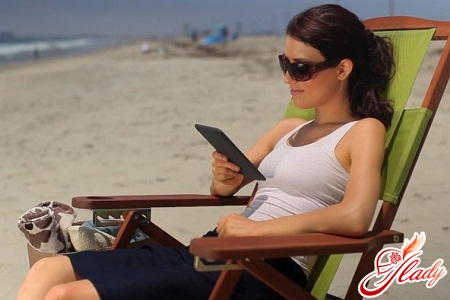
Display Settings
In addition to the size of the reader's display, importantselection criteria can also include a wide viewing angle, anti-glare coating, contrast and brightness adjustment, and background color. These criteria will have to be followed when choosing the type of screen: e-Ink or LCD (liquid crystal display). e-Ink technology allows you to bring the reader's display as close (visually) as possible to the page of a regular book. Such screens are even called electronic paper. Its advantages over an LCD display:
One important nuance is that such a screen needs to beprotect from direct sunlight. Otherwise, the image may disappear altogether. The main advantage of an LCD display is its backlight, which allows you to read from the screen in the dark, as well as its relatively low cost. But your eyes get tired faster from such screens, and they consume much more energy. However, there are special lamps for reading e-books for screens without backlighting. In general, screens without backlighting should have a good anti-glare coating, at least more significant than screens with backlighting. Because anti-glare coating is necessary so that the light of a lamp or the sun reflected from the screen does not blind your eyes. The background color of the screen is also an important parameter when choosing an e-book. Here, the choice is determined solely by the personal preferences of the reader. A pure white background certainly increases the contrast, but at the same time it can irritate and even blind your eyes. Therefore, it is preferable to choose a reader not with a snow-white background of the screen, but with a beige, gray, greenish, blue, in a word, comfortable for you. The viewing angle should be such that you don't have to change the position of the screen while reading. The larger the screen, the larger the viewing angle it should have.
Management type
The reader control type can be touch (withtouchscreen) or mechanical. The touchscreen makes the device more ergonomic, minimizing the number of buttons and keys. With such a screen, it is very convenient to make notes while reading, highlighting the necessary information directly on the screen. Therefore, a reader with touch control can be recommended to those who buy it for reading specialized and educational literature. For ordinary readers who choose a reader for reading fiction, a device with mechanical control (keys, buttons or joystick) is preferable. After all, they are unlikely to need to take notes on selected fragments of text, and in terms of reliability, such readers are considered more durable.
Format, conversion and Russification
The more formats the reader supports, theyou better. The following formats are considered sufficient for full-fledged reading: djvu, txt, rtf, fb2, html. Most readers accept a limited number of formats (text and graphic). This is done so that it is difficult for users to exchange content and they would be forced to buy electronic literature. However, some of the latest models of e-books allow you to easily read texts of such simple formats as txt and html (but there are no styles in the texts of this format). Graphic formats presented in e-readers are very different from the standard ones, but almost all of them support the most common jpeg format. There are e-books that open archived files (zip). There are readers that support audio formats, which is convenient for learning foreign languages and listening to audiobooks. To convert files from one format to another (conversion), there are good converter programs in which you can make e-books (for example, Book Designer). In addition, there is always the possibility of transferring text from one format to another (supported by the reader) on a regular computer. The presence of Russification in the reader is also one of the important parameters. The Russification function allows the e-book to understand and reproduce Cyrillic text, as well as to present a Russian-language control menu. As for pdf files, they are difficult to read on readers. And this is not at all because these devices are bad, but due to the peculiarity of the pdf format, which is not intended specifically for reading. Files in this format most often display A4 pages, which is larger than the screen size of the e-book. So the reader is unlikely to be able to correctly display such files, and you will have to get used to reading ordinary text files.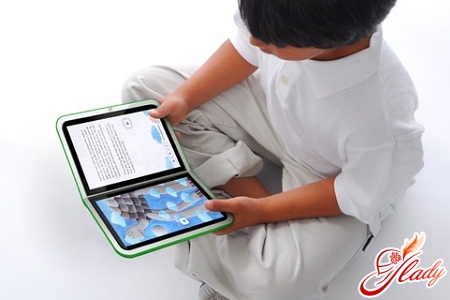
Capacity and duration of work
Modern e-books are equipped withbuilt-in memory, capable of accommodating a small library. So, if one book "weighs" on average from one to five megabytes, then a reader with 512 MB memory can store from one hundred to five hundred books. Agree that this is already not enough. And, in addition, most readers have the ability to expand the built-in memory with additional cards. As for the duration of operation without recharging, when choosing a reader, inquire about how many "page turns" it is designed for. Or, if this concerns models with an LCD screen, how many hours of operation the battery is designed for. Additional features and accessories By and large, all additional features for an e-book are excesses that only increase its cost. As practice has shown, the more additions (usually unnecessary), the lower the performance of the device. Nevertheless, you need to know about them (what if they come in handy!). So, many, many modern e-books allow you to:
- Rotate the text when turning the screen (G-sensor function);
- use built-in dictionaries;
- listen to FM radio;
- use a dictaphone;
- connect to the network via Wi-Fi and download information bypassing the computer;
- Search, create bookmarks and rename files using the QWERTY keyboard.
So decide for yourself how much these or those areadditional functions you need, and which you can do without. When choosing an e-book with all its additional functions, make sure it is fully equipped with accessories:
- headphones (if there is a player);
- Charger;
- port for connection to a computer (USB 2.0);
- a cord for connection to a computer;
- quick start guide;
- cover;
- stylus (for some sensory readers);
- memory card (if included);
- guarantee ticket.
Appearance and dimensions
You can't choose e-books based on these criteria.difficult. If you are buying a reader for reading e-books in a purely home and comfortable environment, then its dimensions and weight are not of significant importance. The main thing is that the screen meets the requirements. However, for reading in more extreme conditions, for example, in transport, choose a thin and light reader that is comfortable to hold in your hand and place in your bag. As for the design and color of modern readers, it can be called perfect. Your choice will be presented with business models of black color in strict covers and elegant models of light colors and stylish and even extravagant in design e-books. Knowing how to choose the right e-book, pay attention not only to the main technical parameters, but also to its external condition. The main thing is that it is almost perfect. Because even minor damage can be fatal for your purchase, and you need a reliable and high-quality reader that can replace a solid library on the bookshelf. We recommend reading:






